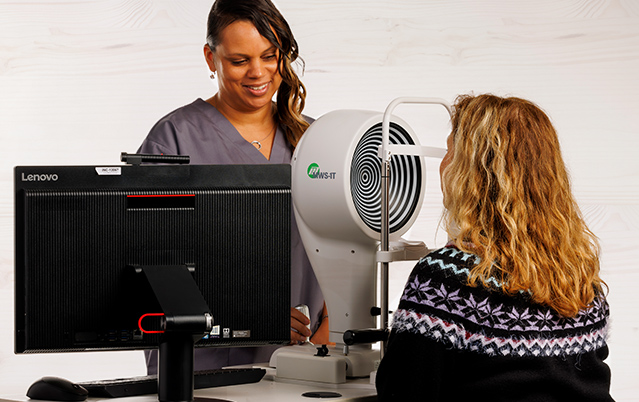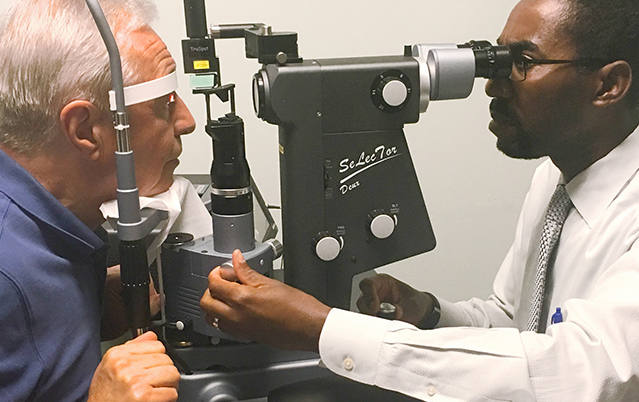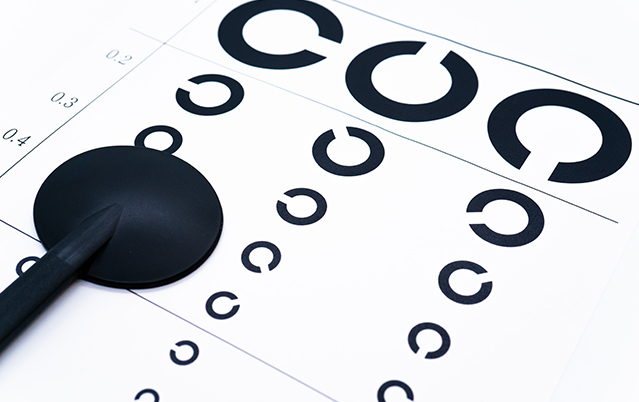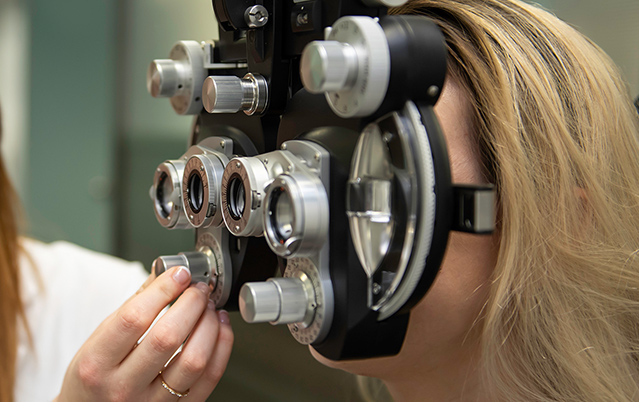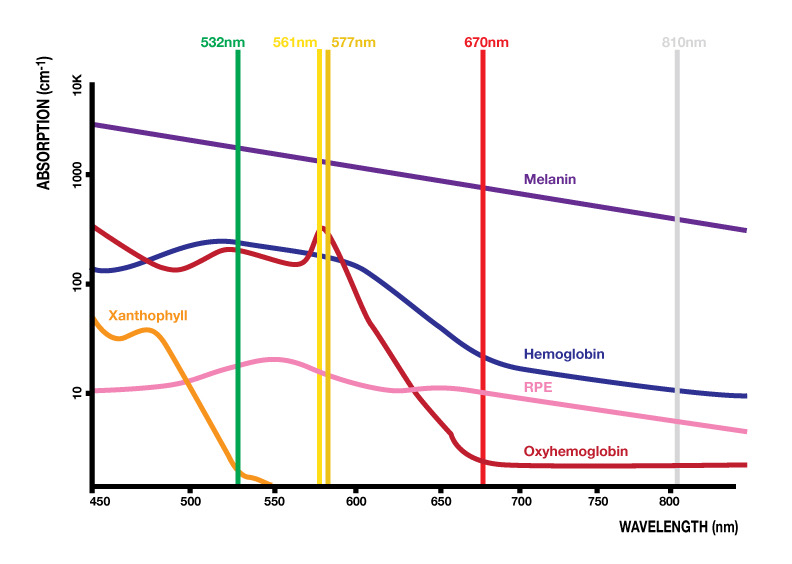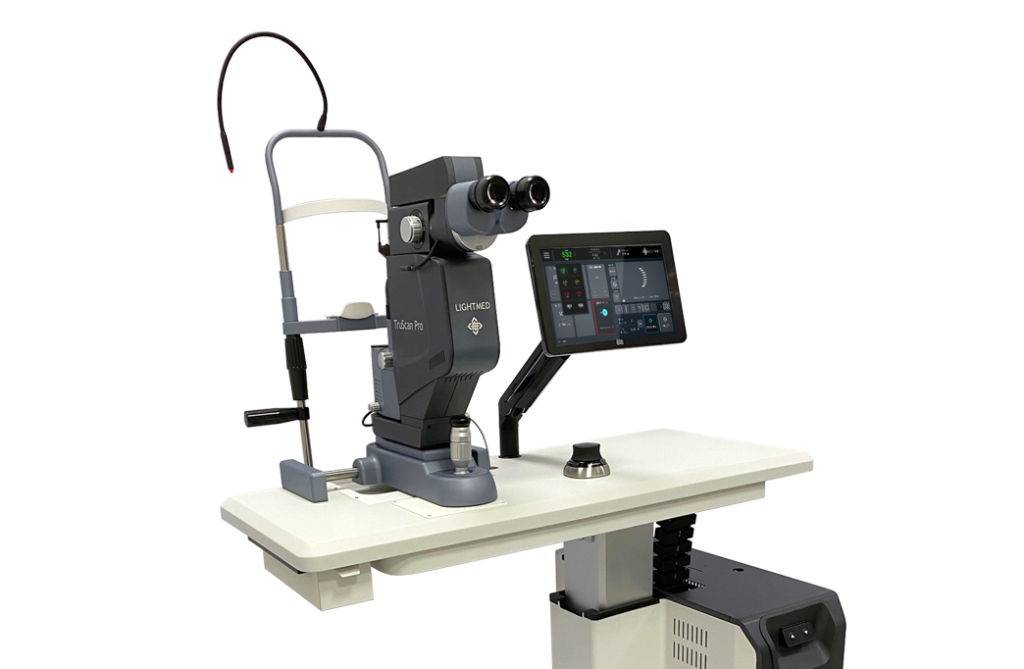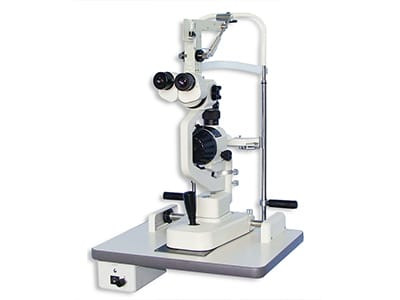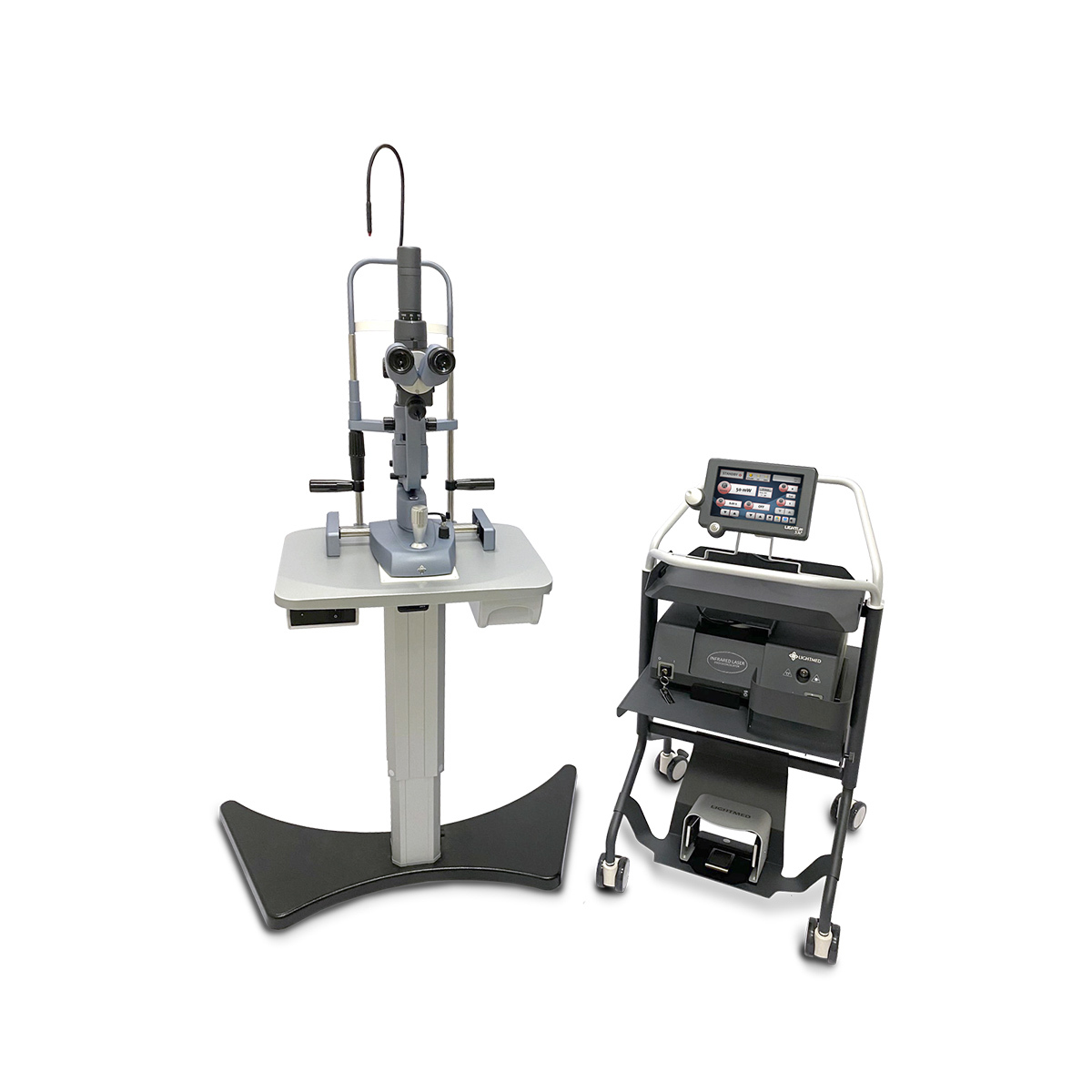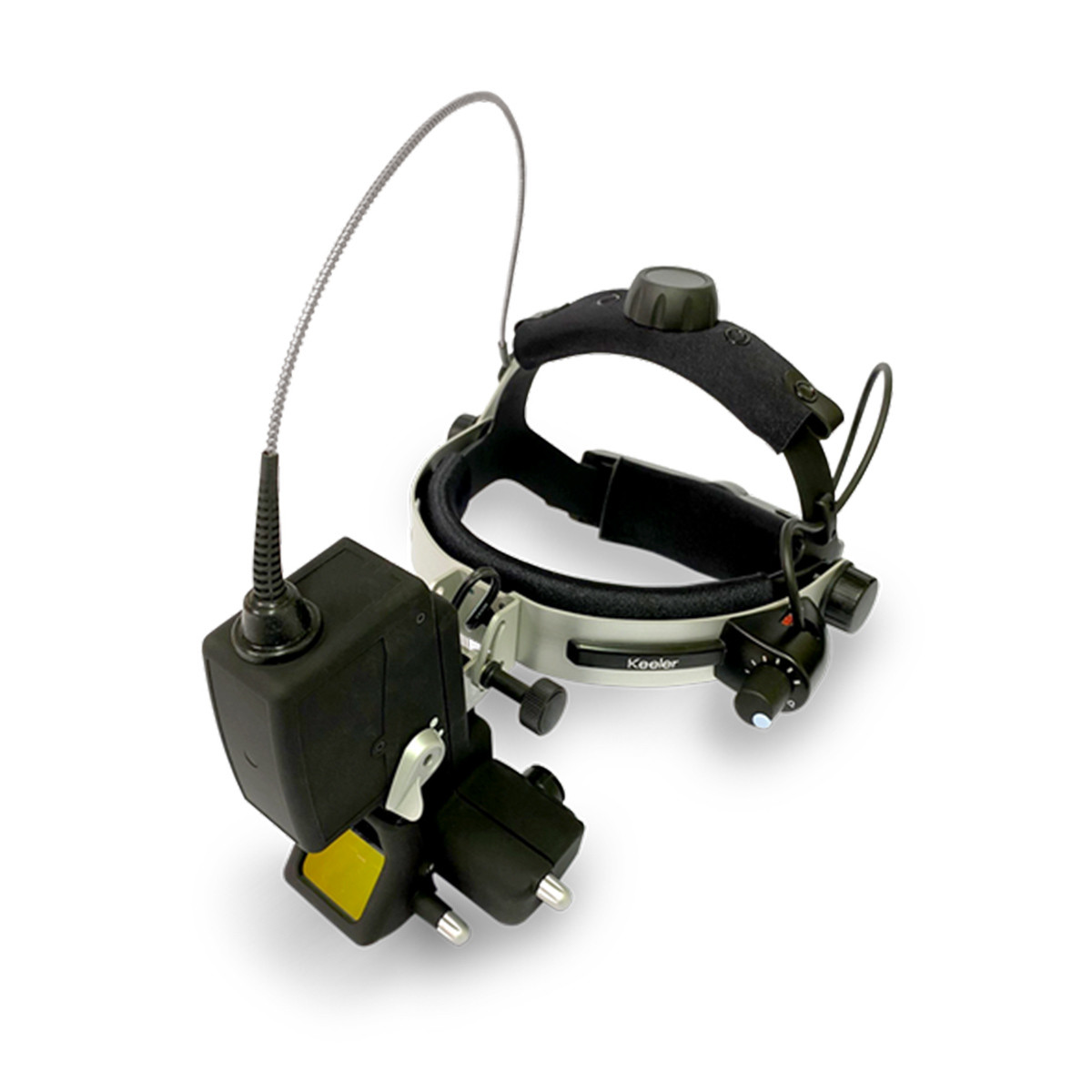Advancing Eyecare™ Alliance. Learn More
Empowering Your Best PracticeSM
- Exam
Lane - Pre-Test
- Diagnostic/
Imaging - Treatment
& SurgicalTreatment & Surgical
- Lab &
DispensingLab & Dispensing
- Supplies
& AccessoriesSupplies & Accessories
- Pre-Owned
Pre-Owned
- All Pre-Owned Equipment
- Pre-Owned Acuity Projectors
- Pre-Owned Autorefractor/Keratometers
- Pre-Owned Biometers
- Pre-Owned Indirect Ophthalmoscopes (BIOs)
- Pre-Owned Chairs & Stands
- Pre-Owned Lens Edgers
- Pre-Owned Lensmeters
- Pre-Owned Manual Keratometers
- Pre-Owned OCTs
- Pre-Owned Ophthalmic Lasers
- Pre-Owned Refractors & Phoroptors
- Pre-Owned Retinal Cameras
- Pre-Owned Slit Lamps
- Pre-Owned Tonometers
- Pre-Owned Ultrasounds
- Pre-Owned Visual Field Perimeters
- Clearance
- Request a Quote
- Exam
Lane - Pre-Test
- Diagnostic/
Imaging - Treatment
& SurgicalTreatment & Surgical
- Lab &
DispensingLab & Dispensing
- Supplies
& AccessoriesSupplies & Accessories
- Pre-Owned
Pre-Owned
- All Pre-Owned Equipment
- Pre-Owned Acuity Projectors
- Pre-Owned Autorefractor/Keratometers
- Pre-Owned Biometers
- Pre-Owned Indirect Ophthalmoscopes (BIOs)
- Pre-Owned Chairs & Stands
- Pre-Owned Lens Edgers
- Pre-Owned Lensmeters
- Pre-Owned Manual Keratometers
- Pre-Owned OCTs
- Pre-Owned Ophthalmic Lasers
- Pre-Owned Refractors & Phoroptors
- Pre-Owned Retinal Cameras
- Pre-Owned Slit Lamps
- Pre-Owned Tonometers
- Pre-Owned Ultrasounds
- Pre-Owned Visual Field Perimeters
- Clearance
- Request a Quote
- Exam
Lane - Pre-Test
- Diagnostic/
Imaging - Treatment
& SurgicalTreatment & Surgical
- Lab &
DispensingLab & Dispensing
- Supplies
& AccessoriesSupplies & Accessories
- Pre-Owned
Pre-Owned
- All Pre-Owned Equipment
- Pre-Owned Acuity Projectors
- Pre-Owned Autorefractor/Keratometers
- Pre-Owned Biometers
- Pre-Owned Indirect Ophthalmoscopes (BIOs)
- Pre-Owned Chairs & Stands
- Pre-Owned Lens Edgers
- Pre-Owned Lensmeters
- Pre-Owned Manual Keratometers
- Pre-Owned OCTs
- Pre-Owned Ophthalmic Lasers
- Pre-Owned Refractors & Phoroptors
- Pre-Owned Retinal Cameras
- Pre-Owned Slit Lamps
- Pre-Owned Tonometers
- Pre-Owned Ultrasounds
- Pre-Owned Visual Field Perimeters
- Clearance
- Request a Quote
- Exam
Lane - Pre-Test
- Diagnostic/
Imaging - Treatment
& SurgicalTreatment & Surgical
- Lab &
DispensingLab & Dispensing
- Supplies
& AccessoriesSupplies & Accessories
- Pre-Owned
Pre-Owned
- All Pre-Owned Equipment
- Pre-Owned Acuity Projectors
- Pre-Owned Autorefractor/Keratometers
- Pre-Owned Biometers
- Pre-Owned Indirect Ophthalmoscopes (BIOs)
- Pre-Owned Chairs & Stands
- Pre-Owned Lens Edgers
- Pre-Owned Lensmeters
- Pre-Owned Manual Keratometers
- Pre-Owned OCTs
- Pre-Owned Ophthalmic Lasers
- Pre-Owned Refractors & Phoroptors
- Pre-Owned Retinal Cameras
- Pre-Owned Slit Lamps
- Pre-Owned Tonometers
- Pre-Owned Ultrasounds
- Pre-Owned Visual Field Perimeters
- Clearance
- Request a Quote



